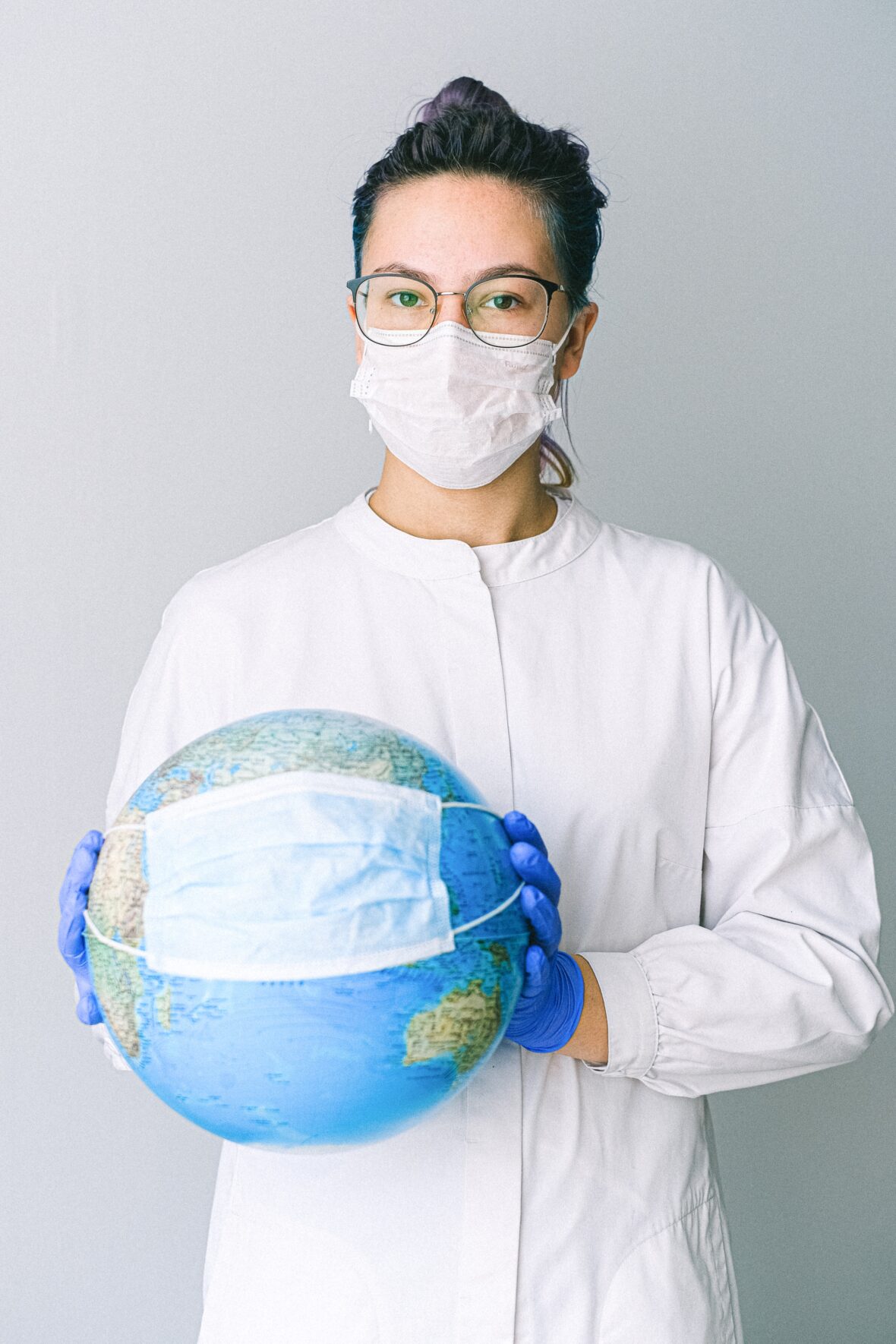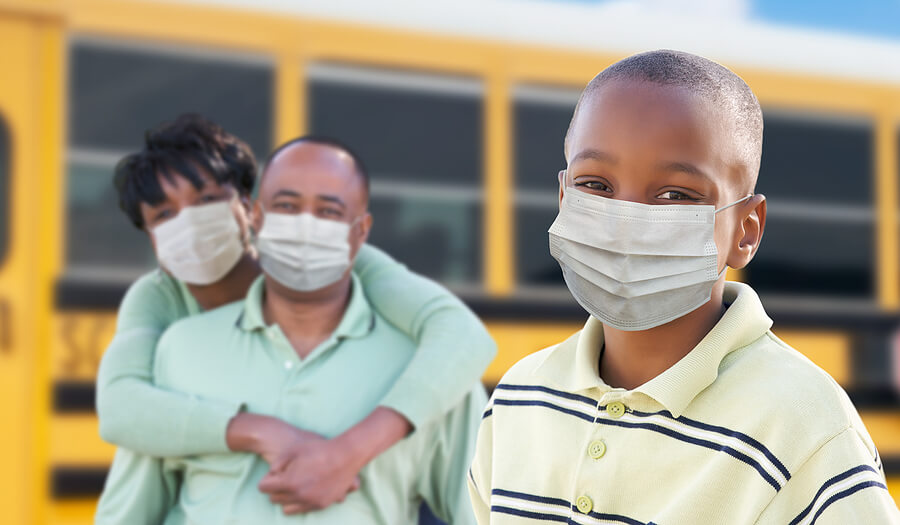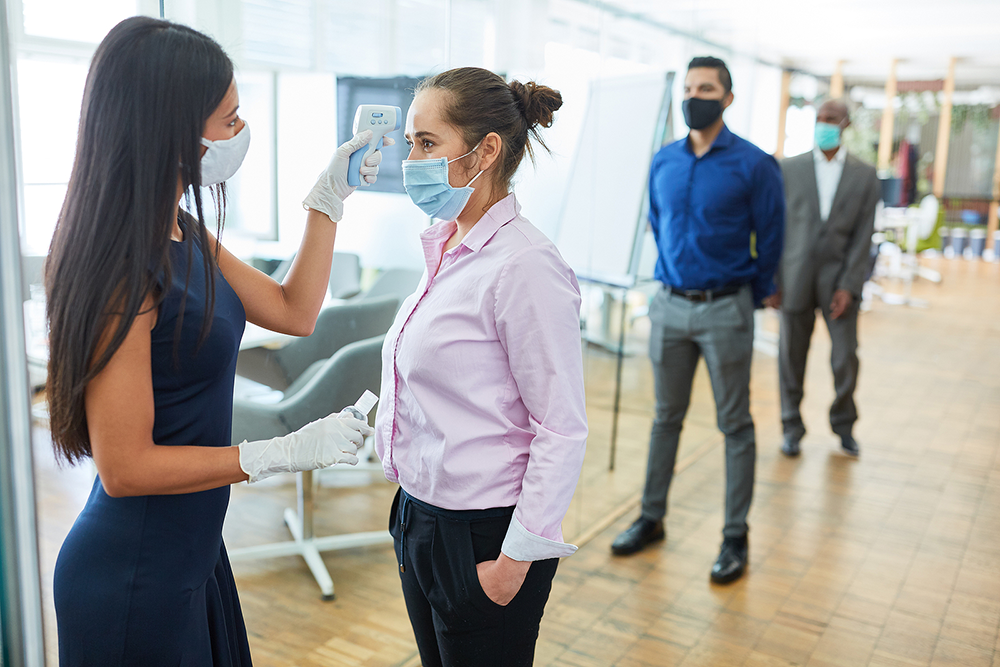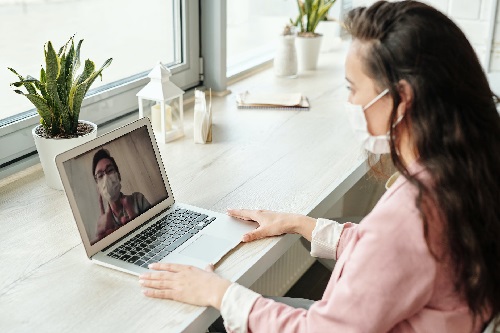So many medical professionals have mixed feelings about the use of electronic health records. On one hand, it improves access to care and offers financial incentives by Medicare and Medicaid. On the other, it can also cause financial issues, changes in workflow, potential privacy and security issues, and loss of productivity and efficiency. While you can enlist a medical scribe to help, you may wonder, “How does a medical scribe help a physician?” Medical scribes first started in the emergency rooms to have the most efficient workflow due to the emergency standpoint but over the past 10 years it has accelerated to all medical specialties directly due to the EHR implementation. There are 3 main points as to how a medical scribe can help a physician — from monetary to non-monetary values. How does a medical scribe help a physician? #1: Lower Stress & Burnout Rates The number one way that medical scribes help a physician is by reducing the stress that cumbersome tasks bring, mainly those associated with completing medical documentation. Due to the implementation of electronic health records (EHR), which was formulated more as a billing tool, physicians now are spending 2/3 of their day documenting rather than …
Our physician-designed training program will teach you everything you need to know! You’ll receive hands-on training and extensive on-site experience. Our training programs are the best in the business!










